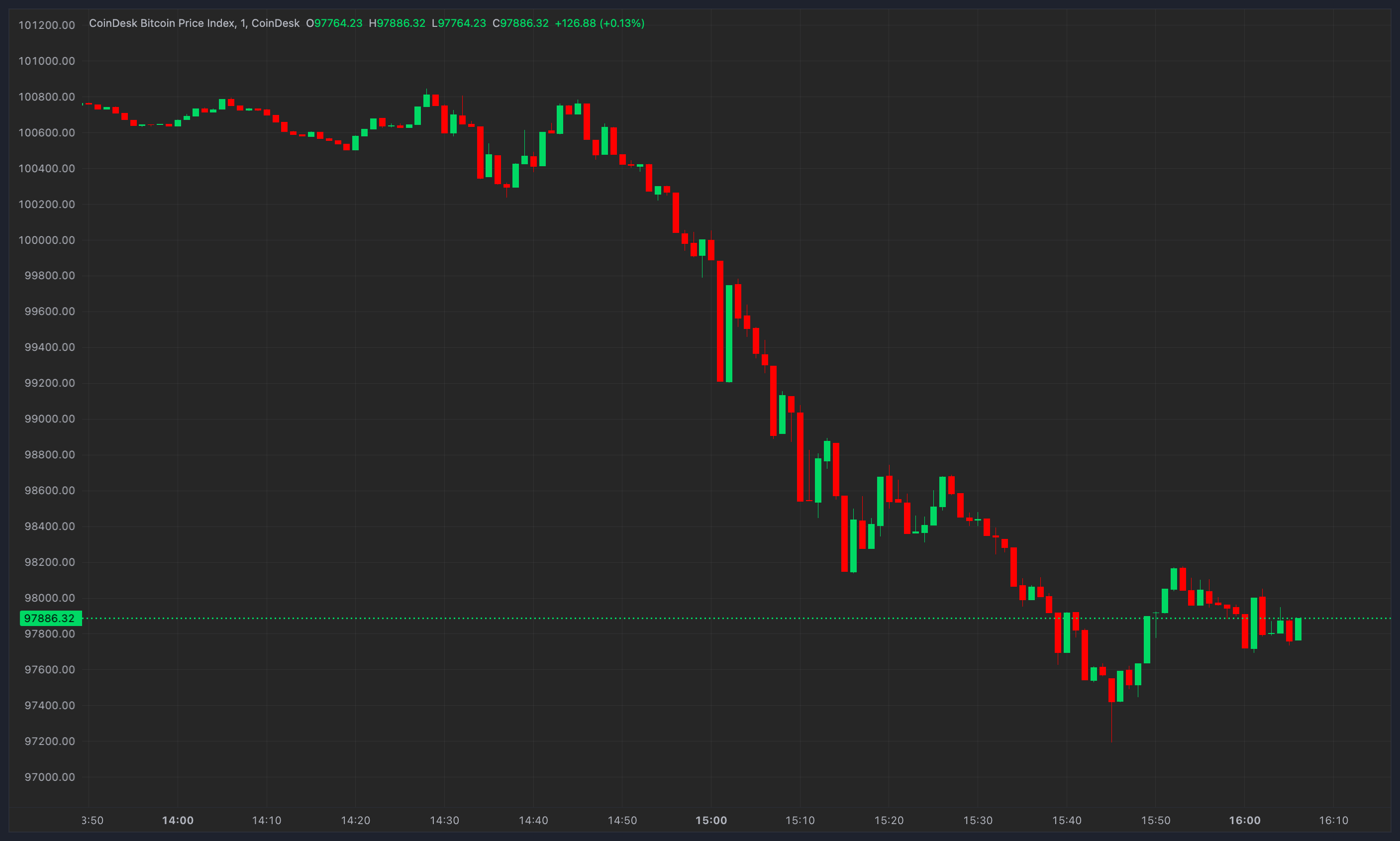Blockchain data could be the next big thing in Web3
Permissionless access to data is one of blockchain’s most prominent promises; the idea that anyone anywhere can access and make use of data whichever way they want without requiring the say-so of a centralized entity. That could be access to real-time transaction information to make investment decisions based on the moves of whales (the crypto industry’s term for large investors). In theory, all that’s needed is to plug into the blockchain protocol of interest by setting up a node—essentially a computer that runs the blockchain’s software.
To appreciate how disruptive permissionless access to data is, consider how gaining access to the real-time transaction flow of the largest stock investors would work. In the United States, for example, an exchange such as Nasdaq will need to give you (or a third-party data provider) access to such data. The exchange has the right to decide who receives access and who doesn’t—and at what cost.
With blockchain, no one gets to make that call. The barrier to entry here is limited to the (monetary and non-monetary) cost of setting up a node.
However, running nodes isn’t the most efficient way for most businesses to access and use blockchain data—especially for legacy companies looking to enter the Web3 space, said Tom Tirman, the cofounder and CEO of Parsiq.
Parsiq is a blockchain data infrastructure startup.
“Consider a traditional investment data provider who wants to start offering crypto data,” Tirman said. “Their preference would be to have access to structured data that can be processed and presented to users without adding the extra operational and technical layer of running their own nodes.”
The added operational and technical layer that Tirman referenced multiplies if the service provider intends to provide data from more than one blockchain network. That’s where blockchain data service providers come in.
“I think, with where we are right now in the adoption curve, blockchain data is the next big thing,” he added. “As applications are being built, as Web2 companies slowly start adopting blockchain, everyone needs a place to build their backend—a way to source their data.”
Parsiq, which launched in 2018 by offering real-time blockchain monitoring, recently launched its flagship product dubbed the “Tsunami API.” The product provides historical access to data across a few blockchain protocols, including Ether
ETH
AVAX
BNB
MATIC
BTC
“In addition to real-time monitoring, the Tsunami API provides an indexed history of all these blockchains from the very first block, the genesis block,” said Tirman. “And now, in milliseconds and with a simple query, any team building on blockchain can go back in time and collect any data they want, whether they want statistics, account balances, history of an NFT ownership—really anything they want.”
Parsiq isn’t the only company provider of on-chain data.
The Graph
GRT
Parsiq, on the other hand, operates similarly to a legacy software-as-a-service company. The company performs the querying, indexing and storage itself.
A few of Parsiq’s other direct competitors include Alchemy, Covalent and Moralis.
Unlike many competitors, though, Tirman says that Parsiq offers the possibility of implementing real-time triggers that follows the “if this, then that” conditional programming statement.
“We’ve been compared to Zapier regarding how we automate processes between Web2 and Web3 environments,” he said. “You can tell Zapier to upload attachments to Dropbox and notify you in…
Read More: www.forbes.com









 Bitcoin
Bitcoin  Ethereum
Ethereum  Tether
Tether  XRP
XRP  Solana
Solana  Dogecoin
Dogecoin  USDC
USDC  Cardano
Cardano  Lido Staked Ether
Lido Staked Ether  TRON
TRON  Avalanche
Avalanche  Sui
Sui  Wrapped stETH
Wrapped stETH  Chainlink
Chainlink  Toncoin
Toncoin  Stellar
Stellar  Shiba Inu
Shiba Inu  Wrapped Bitcoin
Wrapped Bitcoin  Hedera
Hedera  Polkadot
Polkadot  WETH
WETH  Bitcoin Cash
Bitcoin Cash  LEO Token
LEO Token  Uniswap
Uniswap  Litecoin
Litecoin  Pepe
Pepe  Hyperliquid
Hyperliquid  Wrapped eETH
Wrapped eETH  NEAR Protocol
NEAR Protocol  Ethena USDe
Ethena USDe  USDS
USDS  Aptos
Aptos  Internet Computer
Internet Computer  Aave
Aave  Mantle
Mantle  Render
Render  Cronos
Cronos  POL (ex-MATIC)
POL (ex-MATIC)  Bittensor
Bittensor  Ethereum Classic
Ethereum Classic  MANTRA
MANTRA  WhiteBIT Coin
WhiteBIT Coin  Virtuals Protocol
Virtuals Protocol  Artificial Superintelligence Alliance
Artificial Superintelligence Alliance  Tokenize Xchange
Tokenize Xchange  Monero
Monero  Dai
Dai